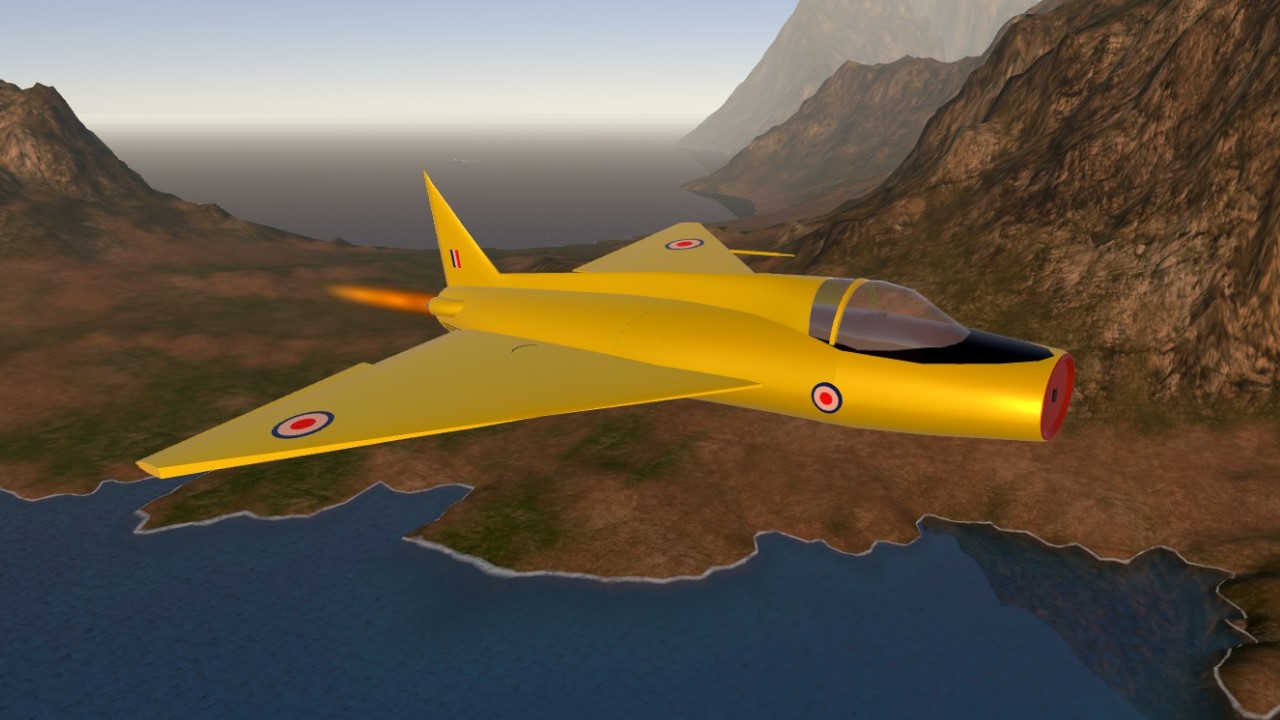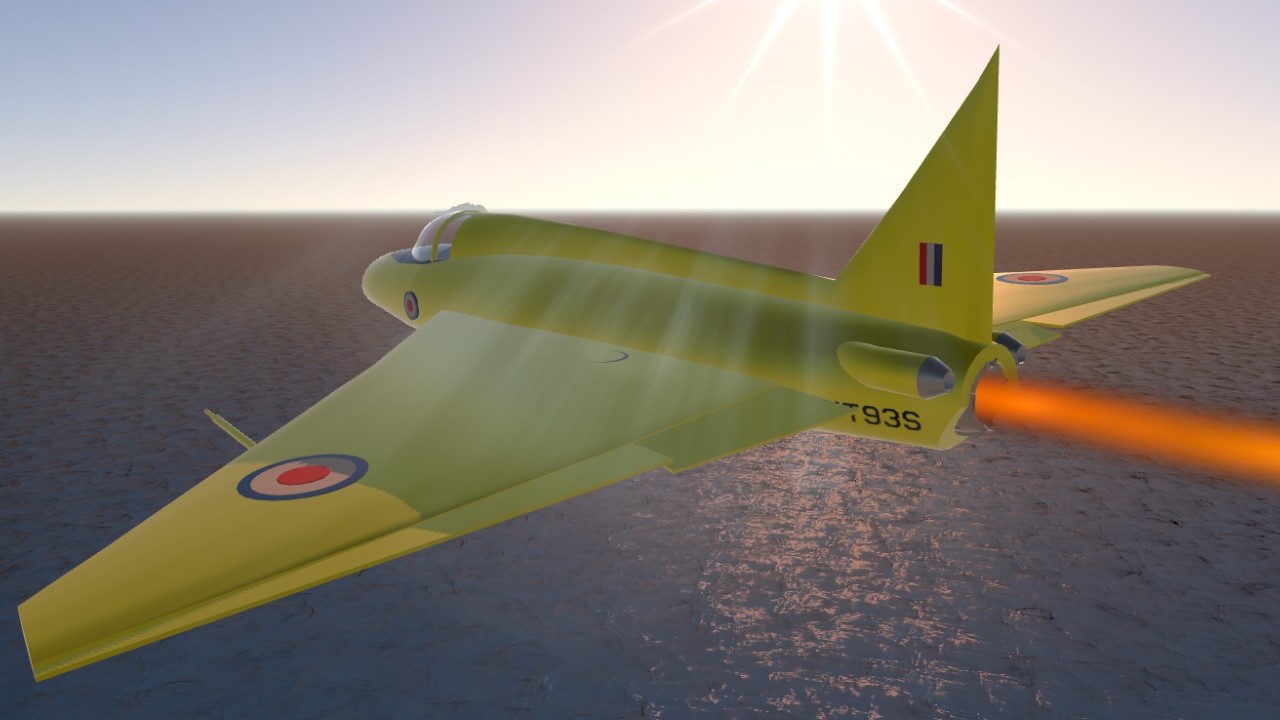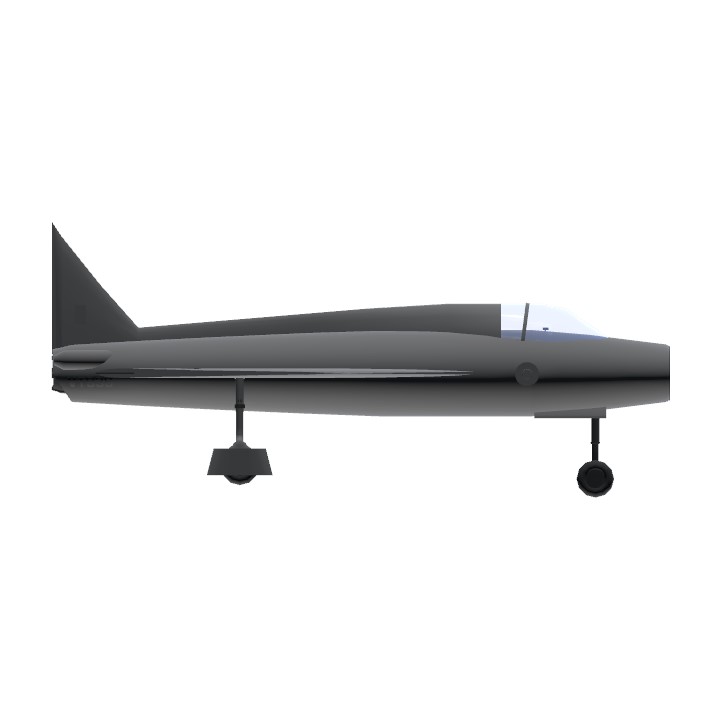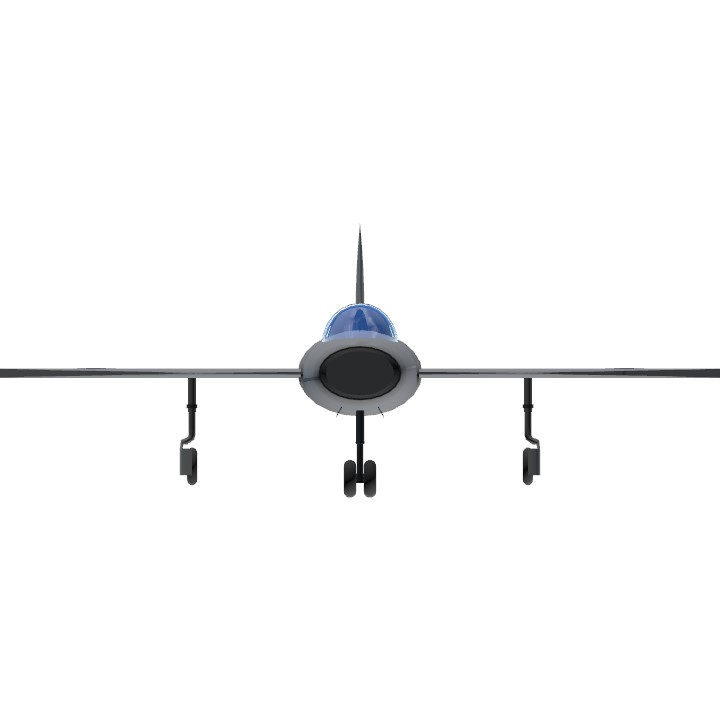The Boulton Paul P.111 is an experimental aircraft designed and produced by the British aircraft manufacturer Boulton Paul. It was amongst the first aircraft designed to explore the characteristics of the tailless delta wing configuration. The development of the P.111 came as a response to the release of Specification E.27/46 by the Air Ministry shortly after the conclusion of the Second World War. To internally accommodate its Rolls-Royce Nene turbojet propulsion, a relatively broad fuselage was necessitated, giving it an unorthodox appearance. The wing featured removable wing tips that could be swapped to produce different wing shapes, a feature deemed to be highly desirable for the aerodynamic investigations it was built to perform. Other novel features beyond the wing included a Martin-Baker-built ejection seat and an early fully-powered flight control system. The P.111 performed its maiden flight on 10 October 1950. Early flight testing of the aircraft revealed the flight controls to be highly sensitive, major trim shifts would also occur whenever the landing gear was deployed or retracted, and a relatively high landing speed was also necessary. Various modifications, including the addition of fuselage-mounted airbrakes, a rudimentary feedback arrangement for the flight controls, and redesigned undercarriage doors, were made during the flight test programme, the majority of these changes occurred following a minor landing accident. These modifications were so extensive that the aircraft was re-designated as the P.111A. Its final test flight occurred during 1958, after which the aircraft itself was transported to the Cranfield College of Aeronautics for use as a training airframe. The type should not be confused with the later Boulton Paul P.120, albeit the two aircraft do share considerable similarities.
Specifications
General Characteristics
- Created On Windows
- Wingspan 30.8ft (9.4m)
- Length 26.5ft (8.1m)
- Height 11.8ft (3.6m)
- Empty Weight N/A
- Loaded Weight 6,015lbs (2,728kg)
Performance
- Power/Weight Ratio 7.565
- Wing Loading 22.0lbs/ft2 (107.5kg/m2)
- Wing Area 273.1ft2 (25.4m2)
- Drag Points 3918
Parts
- Number of Parts 74
- Control Surfaces 5
- Performance Cost 377






